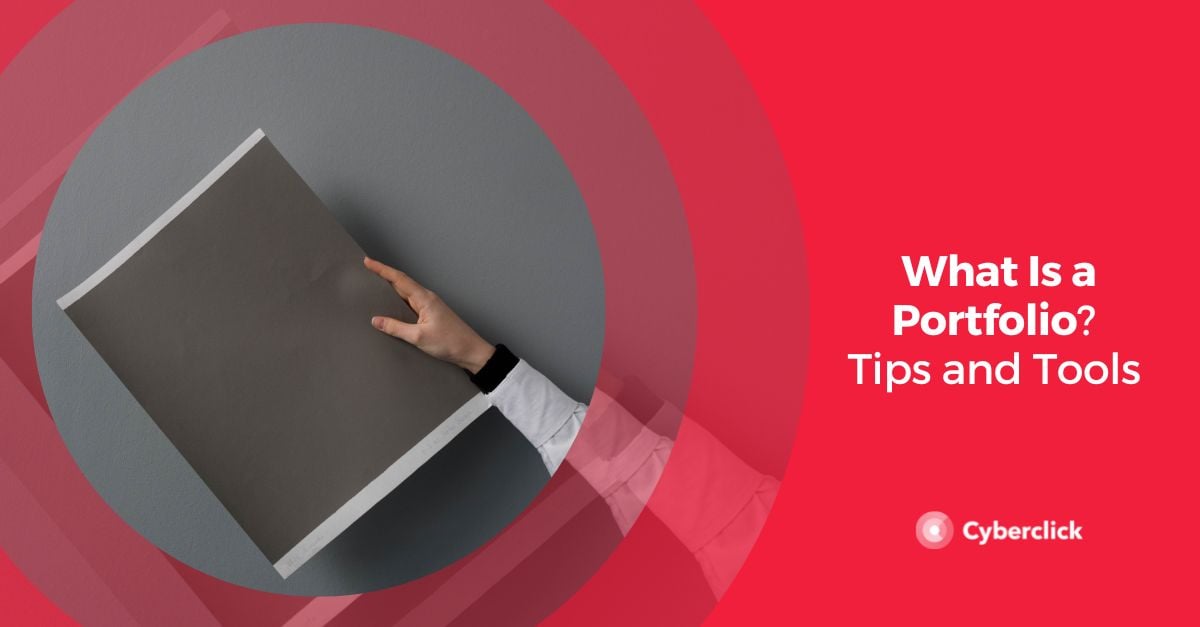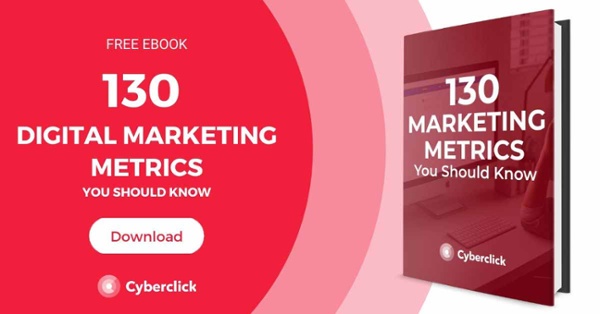What is a portfolio? A digital portfolio is a way to present your best work in an organized and easily accessible way so that future employers and collaborators can easily see what you do. A good digital portfolio is the key to making a positive impression.
The era of paper resumes is over. For digital marketing professionals (designers, copywriters, strategists, and all kinds of specialists), it is essential to have a digital portfolio.
Your Portfolio Is Your Personal Brand
A digital portfolio is an expression of your professional brand. Professional branding is important for everyone, but even more so for digital marketers because it showcases your best work. To guide the development of your personal brand, we recommend asking yourself these questions:
- What value can you bring to your industry?
- What makes you different or stand out?
- What are your mission and values?
- How do your professional brand and your personal identity relate to and differentiate from each other?
- How can you express this in a brand name, identity, and logo?
Once you are clear about what name you are going to use for your brand, our recommendation is to buy a domain with that name and create a professional email account with it. This will lead others to have a very professional impression of you.
Every online portfolio should be accompanied by a biography. The biography is another excellent way for you to reinforce your personal brand and show your experience, so it is worth taking your time with it!
What Work Should You Show In Your Portfolio?
A common mistake is including absolutely everything in your portfolio. If you're just starting out, you may feel like you don't have much to show. But as you progress, it is essential to be selective and only show your best work or the work that your target audience is most likely to be interested in.
It is important to know who you are addressing and what you want to communicate to them. With this in mind, you will be able to correctly select the jobs that best express why you are the perfect person for their needs.
You should also keep SEO in mind: what keywords would your target audience search for (for example, "corporate identity designer in Madrid" or "copywriter specialized in pharmacy"). Use a keyword tool to identify the most competitive terms and try to include them in your bio and in the job titles and descriptions.
Tools to Create an Online Portfolio
You may already know what pieces of work you are going to share in your portfolio and how you are going to present them. If this is the case, you just need to find the right platform to create it.
Your Own Website
Without a doubt, the most recommended option is to create your own website, with a URL that includes the brand name you defined in the first step.
Posting your online portfolio on your own website has many advantages:
- It communicates professionalism. But be careful, not just any website will do: it has to be well designed, have quality images, be responsive, and offer a good browsing experience.
- You can easily adapt it to your needs, for example, by changing the design or creating different navigation menus to categorize your work.
There are different options to create your website:
- Hire a developer to create it from scratch. This is the option that allows for greater customization and higher quality results, but it requires a higher budget.
- Use WordPress-type platforms. These are a good choice for almost any budget and don't require a lot of programming skills (but some time is required). The basic version is free, but it’s usually worth investing in paid templates.
- Use free sites such as Wix. This option is not highly recommended, since the free versions usually include large amounts of advertising and may not suit your brand image.
Your Blog
Blogs are easy to update and customize and can be a great resource for showcasing your latest work or detailing your creative process. Also, search engines love updated content, so it can be a good way to improve your ranking.
The downside is that the content is not as organized or as "professional" compared to a website. The best solution is to combine both: create a permanent website with a blog that is updated regularly.
Specific Sites For Online Portfolios (Behance, Domestika, etc.)
Without a doubt, the great advantage of this type of resource is convenience. These platforms are designed for professionals like you, and many of them even allow you to access industry jobs and connect with potential colleagues.
The big drawbacks are that you can’t easily change the design, that you have no control over their positioning, and that the particular platform you have chosen may go out of style in a few years. Therefore, they could be a good idea to get started, but in the long run, they won't replace a website.
Social Media
What if you make your portfolio directly on Instagram? Social networks can offer a lot of visibility for your work, but it’s not recommended to use them as your main platform.
Within a social network, it is difficult to tag and search for jobs quickly, so usability as a portfolio suffers. Also, you don't control how your work is displayed or how the network uses it. Instead, you can use them to share small samples of your projects and encourage users to visit your website to see the full versions.
Inbound Marketing & Content Strategist en Cyberclick. Experta en marketing online, gestión de contenidos, estrategia en redes sociales, y creación y optimización de campañas en social ads.
Inbound Marketing & Content Strategist at Cyberclick. Expert in online marketing, content management, social media strategy, and creation and optimization of campaigns in social ads.





.jpg)

Leave your comment and join the conversation